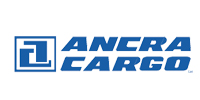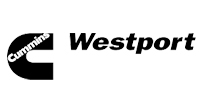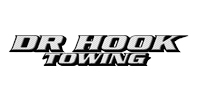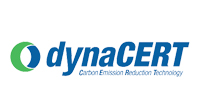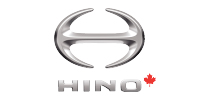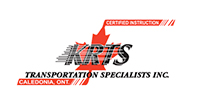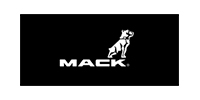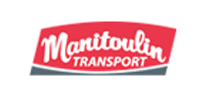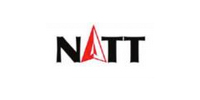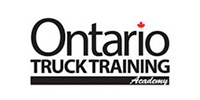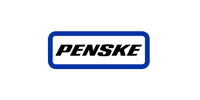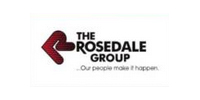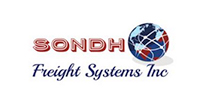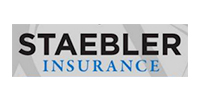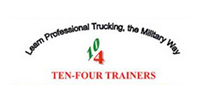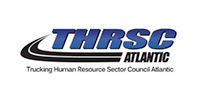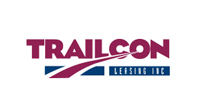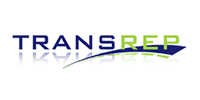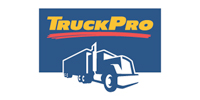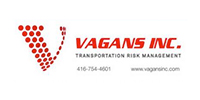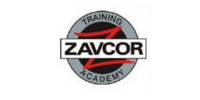Today and tomorrow
By Mike Beaudin
‘Smarter’ transport refrigeration units, or ‘reefers,’ are helping fleet managers and dispatchers sleep a little easier these days. Gone are the days of flipping the ‘ON’ switch, crossing your fingers and hoping for the best as a reefer filled with perishable goods rolls down the highway.
Now reefers are equipped with the latest in electronic technology – telematics systems. These systems are controlling and tracking loads from start to finish in real-time, easing many of the worries that led to so many sleepless nights. Dispatchers know exactly where the reefer is at all times. They know the precise temperature of the box at all times and they can remotely turn the unit off and on.
“With telematics, you have the ability for real-time temperature monitoring of any temperature-sensitive load,” says Mark Nice, vice president of sales at Reefer Sales in Toronto. “You will also have two-way communication so you can change the set point, put the unit through a defrost, initiate a ‘Unit Pre-Trip,’ start or stop the unit from the comfort of your office. And it doesn’t stop there. You can receive alerts on rapid fuel loss, refrigeration unit malfunctions and door openings. You can track the location of your asset to reduce dwell times and, therefore, improve the bottom line.”
The smart technology does more than signal a problem. It also offers a solution. If the reefer needs immediate attention, the on-board microprocessor will locate the nearest dealer capable of servicing the unit and alert the driver of the new route. Meanwhile, fleet managers can start making contingency plans depending on the problem.
Sophisticated electronics are among a host of evolving trends in reefers that are now relied upon to transport fresh flowers, medicines, electronics as well as perishable foods. Malfunctioning reefers can cause losses in the millions of dollars. Evolving environmental regulations, more stringent food-safety requirements, and demands to reduce operating costs are behind many of the changes in reefer technology.
The California Air Resources Board (CARB) is driving many of the changes through its stringent regulations introduced in 2013. All reefer-equipped trucks, tractor-trailers, shipping containers and railcars, regardless of where they are registered, must comply with regulations that set low-emissions and ultra-low emissions if they run on California roadways. The standards went into effect for 25-50 horsepower diesel engines used in reefer units, referred to as the Tier 4 standard.
“California really started pushing everybody to reduce their carbon footprint and to be more efficient and burn less fuel,” says Aaron Gorman, general sales manager for Manac in Ontario. “One thing led to another and the technology that comes along with the new regulations changed. It has really advanced in the last couple of years.”
One of those advancements is the continuing development of hybrids for trailer refrigeration units (TRU). Hybrids run on diesel on the highway and are plugged into an electric grid when stationary. Functioning as an electric standby when plugged into a dock, the hybrid cuts the unit’s noise and air pollution and can reduce fuel consumption by as much as 30 percent.
Nice says Carrier introduced its diesel-electric Vector technology, first developed in Europe, about 10 years ago. “The units I’m running on the road are the same as the ones I’m running on the container ships. The system is all run on control modules so your engine is talking to the compressor and the electric (components). The whole system runs together. Once it gets to a set temperature, the technology goes down to a low speed to save on fuel.”
Despite the growing popularity of hybrids in some fleets, not everybody is sold on the technology. Detractors say hybrids cost more to maintain and the electrical infrastructure to operate hybrids is costly and often hard to find. Many rest stops don’t have the shoreline plug-ins to support hybrids and the cost of wiring transportation yards with plug-ins is extremely costly.
“Everybody is somewhat interested in technology,” says Scott Kinsman, account manager at Maxim Truck & Trailer in Winnipeg. “It generally boils down to how is this going to help our bottom line; doing a cost analysis to figure out what is the bang for my buck in doing this. There’s no one-size-fits-all in the trucking industry.”
Another benefit of smart technology is that it allows drivers to focus more on the road and less on what’s happening in the reefer box. Microprocessors on some units can pre-program temperatures for various commodities. For example, instead of searching for a certain temperature setting for blueberries, the driver simply scrolls down a menu and selects the blueberry icon in the menu. Some units are even equipped with sensors that will trigger an intrusion alarm if a would-be thief tries to steal fuel.
“Before you had an on-off switch and a rheostat,” says John Fairweather, an account manager with Thermo King of Eastern Canada. “Now you have an on-board computer that is constantly checking everything. We’ve had cell technology in our industry for a long time that has tracked loads but now a customer can go and check the temperature of a load. It’s really helpful on intermodal operations where you don’t have a driver to keep track of things, although nothing is more frustrating than looking at a unit that has quit on a train and you can’t get if off. But at least now you know what you are up against.”
Meanwhile, manufacturers are also engineering trailers that will trim operating and maintenance costs, equipping them with puncture-resistant liners, better filtration systems, and low-rolling resistance tires. Most refrigeration units on the road today still use R404a refrigerant and conventional belt-drive systems; but a number of manufacturers are looking at cryogenic-powered refrigeration systems as the next major technological breakthrough. Cryogenic systems eliminate the need for the diesel engine completely from the refrigeration system and uses recaptured CO2 as the refrigerant.
As for the future, experts agree that the next major breakthrough will come in developing an affordable and efficient battery-powered TRU. Whoever builds the best battery will win the war.
10-Year Anniversary of Vector™ Trailer Platform
Carrier Transicold celebrated the 10th anniversary of its hybrid diesel-electric Vector™ trailer refrigeration platform in North America this March. By coupling a high-performance generator to a diesel engine for the sole purpose of powering an all-electric refrigeration system, the Vector platform streamlined the traditional architecture of transport refrigeration units (TRU). Its hybrid diesel-electric technology eliminated many mechanical components, resulting in reliable refrigeration performance with reduced maintenance needs.
The E-Drive™ all-electric refrigeration system enabled electric standby to become standard. Use of electric power when a TRU is parked enables the diesel engine to be shut off, eliminating fuel use, noise and emissions. Any fleet with access to a 460-volt power supply can simply plug in and run the Vector unit at the same full refrigeration capacity that diesel operation provides.
Today’s 8000-series Vector units are the third generation North America units and boast significantly higher cooling capacities and operating efficiency, consuming less fuel per Btu. Designed for compliance with the US EPA’s Tier 4 standard for particulate emissions, the Vector 8500 single-temperature unit and Vector 8600MT multi-temperature unit also produce fewer GHG emissions than prior models. The Vector 8100 is engineless – a plug-in-only unit intended as an alternative for trailers used for stationary cold storage that would otherwise use a diesel-powered unit.
For more information, visit www.transicold.carrier.com.



